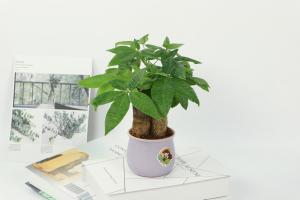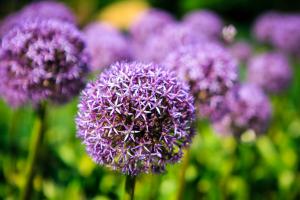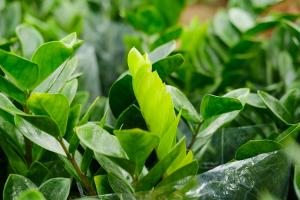1、 Sowing method
1. Seed collection: the seeds of Camellia Impatiens are very small and grow in the fruit. The fruit will burst automatically after ripening. Therefore, seed collection should be carried out before the fruit is mature, and the fruit can be harvested and then ripened
2. Soil selection: Camellia Impatiens has low requirements for soil. The soil is loose and fertile. At the same time, it should be watered properly to keep it moist, because it cannot be watered immediately after sowing

3. Sowing: sowing can be in the form of sowing. If there is a hole plate, it can also be on-demand. Place the seeds on the surface of the pot soil and cover with 3mm soil. When the temperature is controlled at about 20 ℃, the seedlings can emerge within 7 days
2、 Curing conditions
1. Transplanting: Camellia Impatiens can be transplanted and settled when the new seedlings grow 4 real leaves. A small amount of broken tiles are stacked on the bottom of the basin, and then a layer of river sand is added to increase drainage. An appropriate amount of animal manure can be added on it as base fertilizer. A little peat and wood can also be mixed into the basin soil to help improve the pH of the soil, but not too much

2. Light: after transplanting, Camellia Impatiens should be placed in a cool place to slow the seedlings, and visible light can be seen after normal growth. Sufficient light in winter and shade in summer
3. Watering: Camellia Impatiens should have sufficient water during the growth period. Especially in summer, if the basin soil is too dry, it will lead to plant wilting, so it is necessary to keep it moist at all times and avoid ponding at the same time. In addition, water can be sprayed on the leaf surface and ground to increase air humidity

4. Fertilization: Camellia Impatiens can be thinly fertilized every ten days. More nitrogen fertilizer should be applied during the growth period, which can help the plant grow tall and lush. After the height is appropriate, less or no nitrogen fertilizer should be applied, otherwise the plant will grow in vain

 how many times do yo...
how many times do yo... how many planted tre...
how many planted tre... how many pine trees ...
how many pine trees ... how many pecan trees...
how many pecan trees... how many plants comp...
how many plants comp... how many plants can ...
how many plants can ... how many plants and ...
how many plants and ... how many pepper plan...
how many pepper plan...































